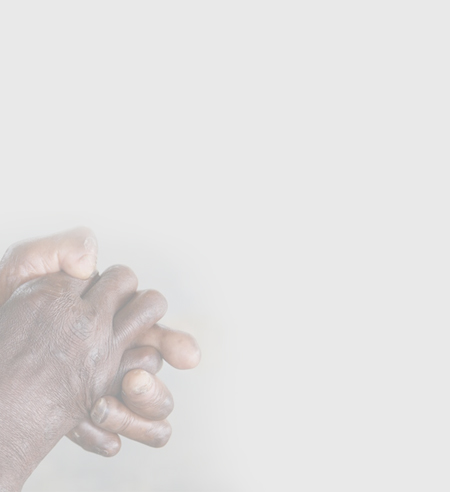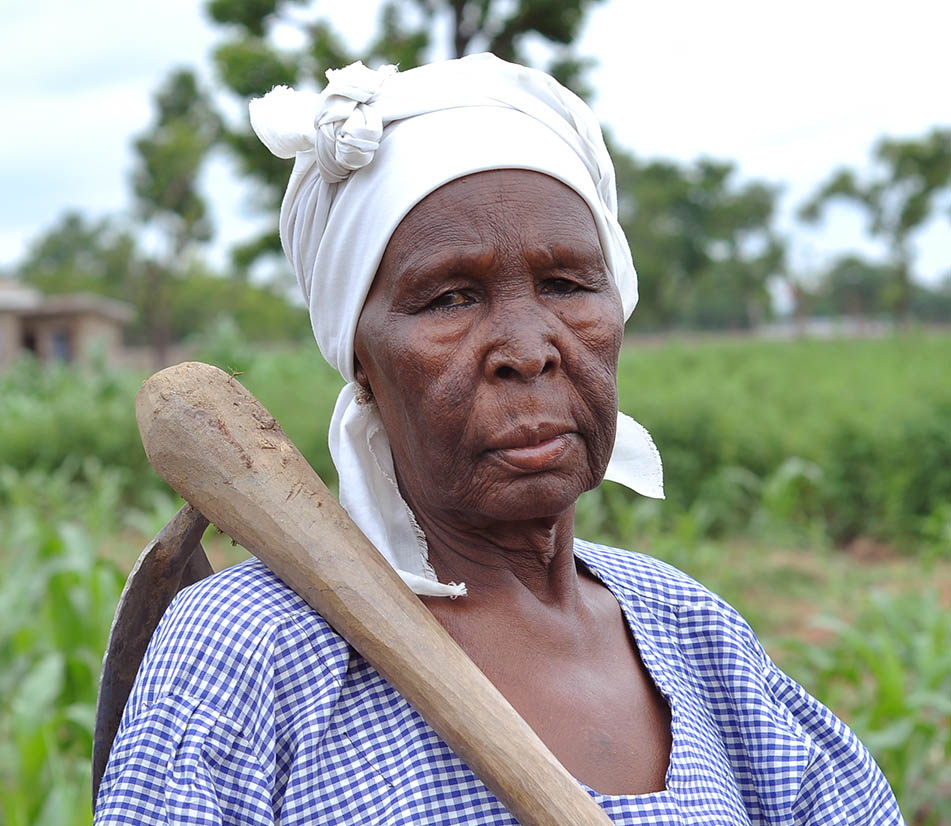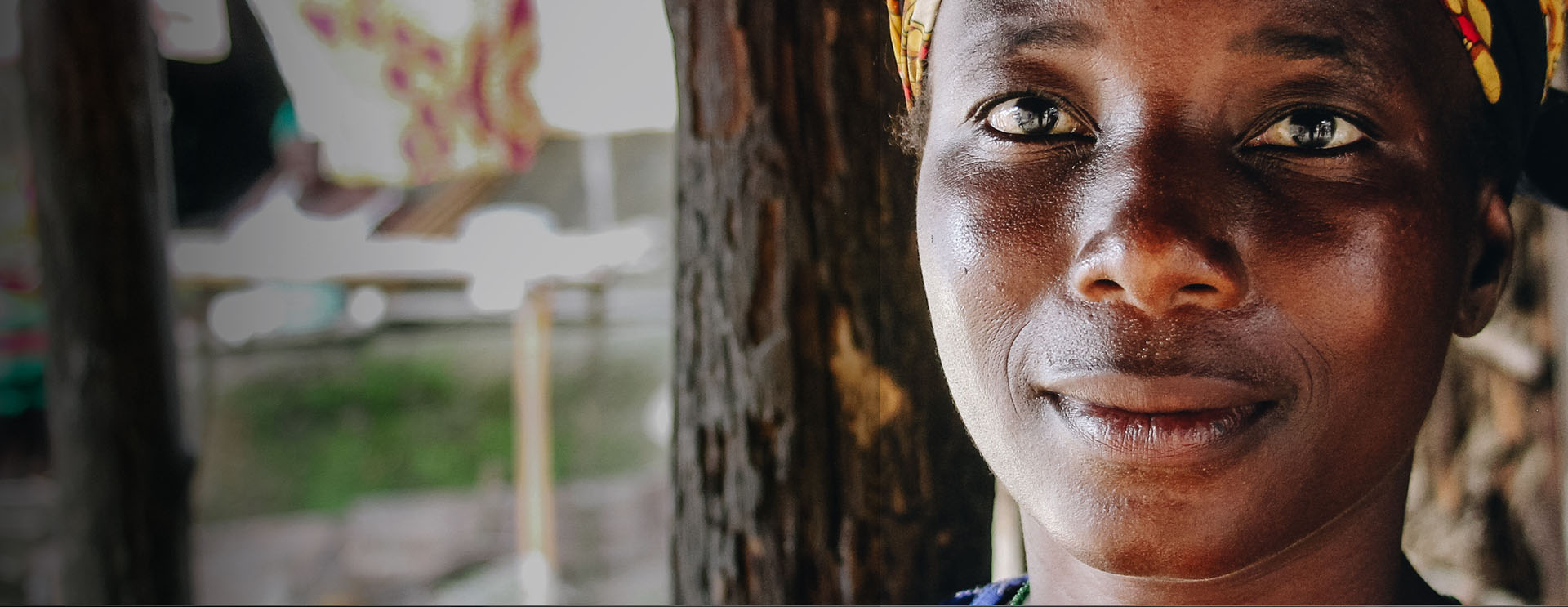

What is leprosy?
Leprosy also known as Hansen’s disease, is a neglected tropical diseases caused by bacteria called Mycobacterium leprae. It is a disease largely associated with poverty and the bacteria causes nerve damage.
If left untreated, leads to a loss of feeling or mobility in the hands, feet or around the eyes. Everyday tasks become fraught with danger – burns, blisters and other minor injuries go unnoticed leading to more serious injuries. These injuries can lead to permanent disfigurement and disability. Injuries to the eyes can often lead to blindness.
read more
How leprosy is transmitted
Scientists are not 100% sure how leprosy is passed on, and research is ongoing. However, most scientists believe that leprosy is caught through droplets of moisture passing through the air from someone who has untreated leprosy.
Symptoms can be slow to appear and it may be five or ten years before the disease appears after initial exposure. There is a higher likelihood of transmission where people have close and ongoing contact. Leprosy is also more prevalent where overall nutrition and hygiene is lower.
read moreHow leprosy is transmitted
Scientists are not 100% sure how leprosy is passed on, and research is ongoing. However, most scientists believe that leprosy is caught through droplets of moisture passing through the air from someone who has untreated leprosy.
Symptoms can be slow to appear and it may be five or ten years before the disease appears after initial exposure. There is a higher likelihood of transmission where people have close and ongoing contact. Leprosy is also more prevalent where overall nutrition and hygiene is lower.
read moreHow leprosy affects people
The first signs of leprosy are patches of skin which look paler than normal or sometimes nodules on the skin. It can be difficult to diagnose and sometimes people are misdiagnosed. The Leprosy Mission Nigeria is experienced in diagnosing leprosy and works with the Nigerian government to ensure that medical staff are adequately trained.
If leprosy is not treated it will attack the nerves that supply feeling to the hands, feet, eyes and parts of the face. This means that when people injure themselves they do not feel pain so don’t notice their injury. Untreated leprosy can also cause muscle weakness and paralysis, leading to ‘clawed hand’, when the fingers weaken and curl up; ‘foot-drop’, when the muscles that lift the feet no longer work properly; or inability to close the eyes due to paralysis of the eyelids. These effects put a person affected by leprosy at high risk of further damage.
read moreHow leprosy affects people
The first signs of leprosy are patches of skin which look paler than normal or sometimes nodules on the skin. It can be difficult to diagnose and sometimes people are misdiagnosed. The Leprosy Mission Nigeria is experienced in diagnosing leprosy and works with the Nigerian government to ensure that medical staff are adequately trained.
If leprosy is not treated it will attack the nerves that supply feeling to the hands, feet, eyes and parts of the face. This means that when people injure themselves they do not feel pain so don’t notice their injury. Untreated leprosy can also cause muscle weakness and paralysis, leading to ‘clawed hand’, when the fingers weaken and curl up; ‘foot-drop’, when the muscles that lift the feet no longer work properly; or inability to close the eyes due to paralysis of the eyelids. These effects put a person affected by leprosy at high risk of further damage.
read more
Treating the disease
Multi-drug therapy (MDT), the WHO recommended treatment for leprosy, emerged in the early 1980s and is highly effective and freely available.
MDT is a combination of antibiotics and is currently made available free of charge by Novartis through the WHO. Within two days of a patient starting MDT treatment, there is no risk of the disease spreading to anyone else. These drugs need to be taken every day for either six or twelve months.
Multi-drug therapy (MDT), the WHO recommended treatment for leprosy, emerged in the early 1980s and is highly effective and freely available.
MDT is a combination of antibiotics and is currently made available free of charge by Novartis through the WHO. Within two days of a patient starting MDT treatment, there is no risk of the disease spreading to anyone else. These drugs need to be taken every day for either six or twelve months.
read moreTreating the effects
A clawed hand or foot-drop can often be restored with surgery and physiotherapy, though they cannot restore feeling. Surgery can also restore eyelid muscles so a person can blink again.
A clawed hand or foot-drop can often be restored with surgery and physiotherapy, though they cannot restore feeling. Surgery can also restore eyelid muscles so a person can blink again.
To protect insensate feet and hands, people are encouraged to look after themselves by soaking their feet regularly, oiling their skin to make it softer, and checking daily for any wounds. By following these self-care exercises, injury and further disability can be avoided. Customised mobility aids and special protective shoes are also available for people that need them. A diagnosis of leprosy can also affect a person emotionally and economically. The Leprosy Mission offers counselling and facilitates self-help groups and other opportunities to help people affected by leprosy to live life to the full.
To protect insensate feet and hands, people are encouraged to look after themselves by soaking their feet regularly, oiling their skin to make it softer, and checking daily for any wounds. By following these self-care exercises, injury and further disability can be avoided. Customised mobility aids and special protective shoes are also available for people that need them. A diagnosis of leprosy can also affect a person emotionally and economically. The Leprosy Mission offers counselling and facilitates self-help groups and other opportunities to help people affected by leprosy to live life to the full.
read moreToday’s challenges
In Nigeria and some of the other countries where The Leprosy Mission works, the myths around leprosy and fear of rejection by family and friends can prevent people coming forward for diagnosis and treatment, putting them at higher risk of nerve damage and disability. In some other cases, a combination of superstitions, religious beliefs, attitudes to physical deformity and discriminatory laws has led to prejudice and mistreatment against anyone affected by it.
Leprosy can also affect people in rural and isolated areas which lack healthcare and infrastructure – the nearest clinic or hospital may be several days’ walk away, making treatment challenging. Poverty is also a major challenge. Some cannot afford to take even a day off work to go to a clinic, or to rest and heal when needed. Poor knowledge of general health in communities also poses difficulties, both in seeking an accurate diagnosis and in successfully following treatment and self-care plans. Lastly, in some of the areas where we work, conflict and insecurity pose a risk both to leprosy-affected people and to The Leprosy Mission’s staff working in such areas.
read moreIn Nigeria and some of the other countries where The Leprosy Mission works, the myths around leprosy and fear of rejection by family and friends can prevent people coming forward for diagnosis and treatment, putting them at higher risk of nerve damage and disability.
In some other cases, a combination of superstitions, religious beliefs, attitudes to physical deformity and discriminatory laws has led to prejudice and mistreatment against anyone affected by it. Leprosy can also affect people in rural and isolated areas which lack healthcare and infrastructure – the nearest clinic or hospital may be several days’ walk away, making treatment challenging. Poverty is also a major challenge. Some cannot afford to take even a day off work to go to a clinic, or to rest and heal when needed. Poor knowledge of general health in communities also poses difficulties, both in seeking an accurate diagnosis and in successfully following treatment and self-care plans. Lastly, in some of the areas where we work, conflict and insecurity pose a risk both to leprosy-affected people and to The Leprosy Mission’s staff working in such areas.
read more
